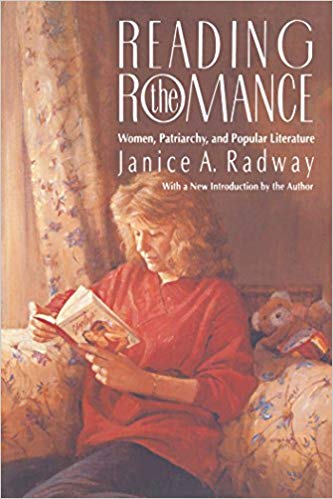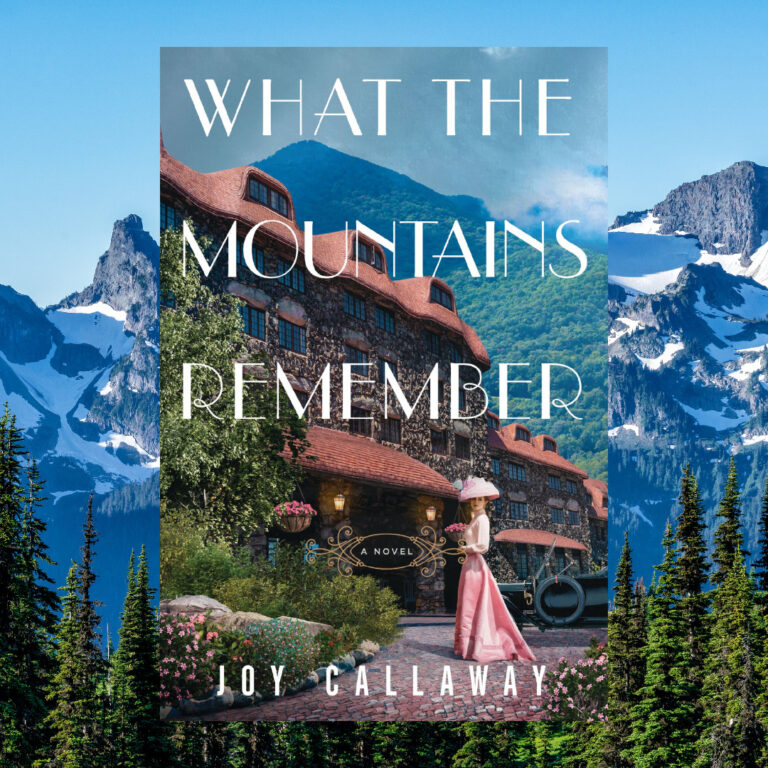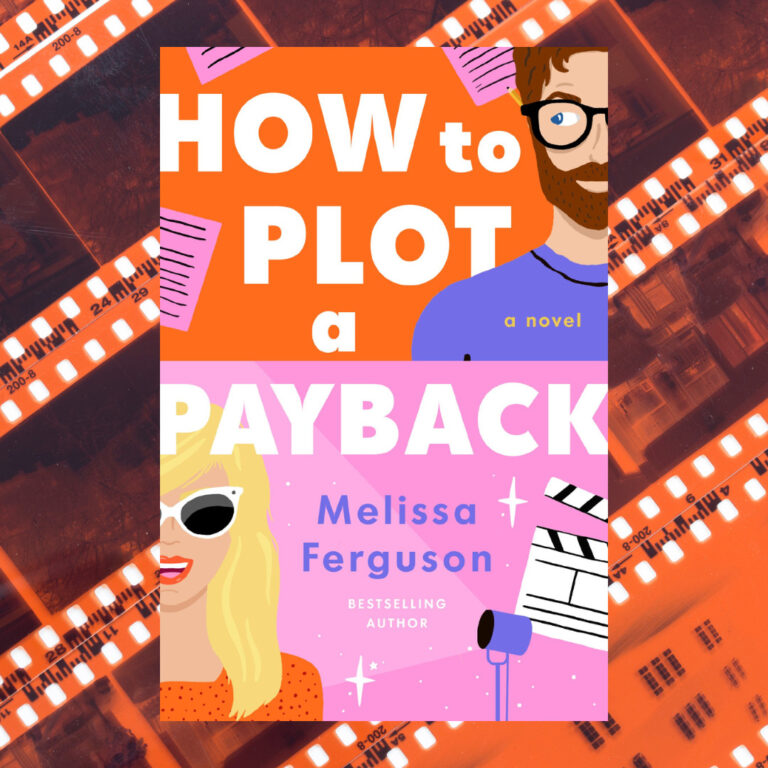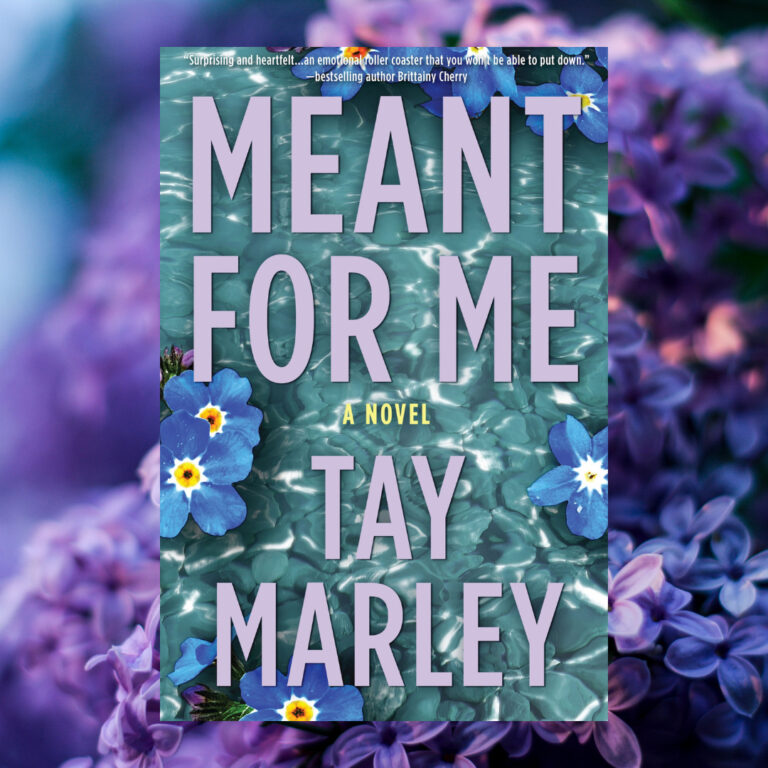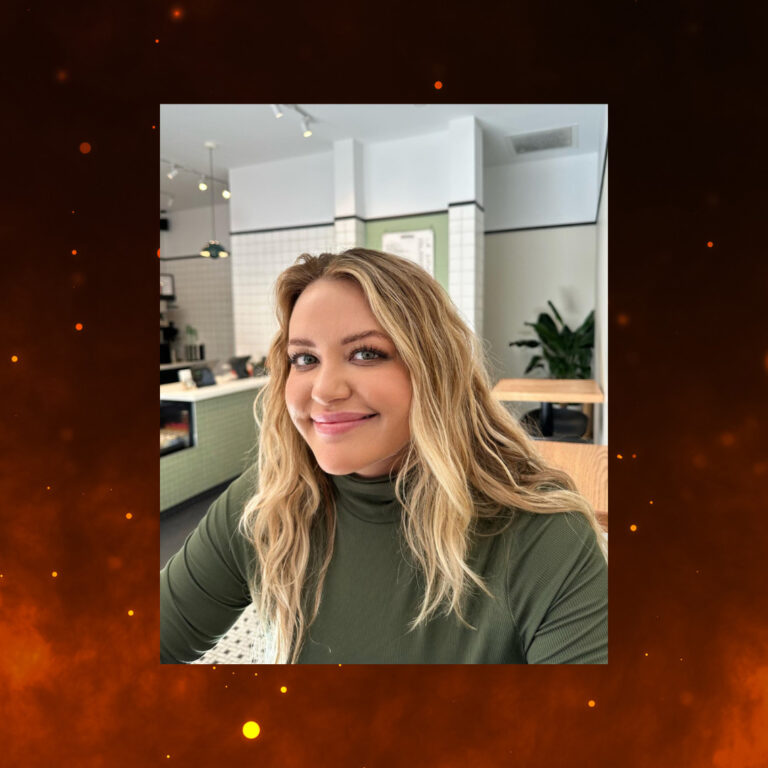[Note from Frolic: We are so excited to have Shanel Wermerskirchen write a series of scholarly articles for us about the relationship between the romance genre and libraries.]
Part 1 | Part 2 | Part 3 | Part 4 | Part 5 | Part 6
Part 1: Introduction to public libraries and romancelandia
If I wrote a romance novel, my two love interests would be the public library and the romance genre (I mean, duh). I’m a second year student in the Masters of Library and Information Science program at the University of Iowa, and I study and write about romance whenever I get the chance. I’m also a public library specialist in a small city where I work with teens and adults, plan events, professionally throw book recommendations at people, and check out stacks of paperbacks.
Like anyone else obsessed with kissing books, I want an HEA for my love interests. I’m talking the whole Big Gesture, public declaration, swoony affair because public libraries and Romancelandia are the perfect couple. Public libraries were created to serve their communities, provide resources and materials for readers, and to encourage lifelong learning and curiosity. Romance is one of the most popular genres in the United States with legions of loyal fans who read more books and read more often than their counterparts and who seek out a sense of community among other fans. The perfect couple, right?!
If we’re still going with the romance novel metaphor, then we’re in the part of the story when the reader knows that the two are meant to be together, but something is preventing them from blissful togetherness. In this case, one of the issues is capital H History. Historically, public libraries weren’t the best at serving romance readers through library collections or services. Librarians may have had biases and misconceptions about the genre, there was a lack of academic research about romance, and there wasn’t enough information about romance readers and romance collection development.
However, there’s a sense that that’s beginning to change. The past decade has introduced an academic journal dedicated to the study of popular romance–The Journal of Popular Romance Studies that is accessible online and free to the public. Library Journal, a major library publication that contains collection development (aka book buying) resources, has made efforts to increase romance reviews and featured a fantastic cover story in October of 2019 titled Love for All. There have also been significant shifts in librarians’ attitudes towards the romance genre and romance readers since the 90s.
So. Public libraries and Romancelandia are two characters running toward each other in slow motion in a sun-dappled field of wildflowers with arms outstretched, but they’re still a mile away. Librarians still may not have all the information they need to best serve the romance community. There hasn’t been a publicly available comprehensive study on the romance genre and its readers since Janice A. Radway’s Reading the Romance: Women, Patriarchy, and Popular Literature from 1984. You don’t need to look at the cover to know that a lot has changed socially and culturally within the genre and its readership since that time. But the cover is pretty great, so you should still look at it. THE FEATHERED HAIR.
Here’s what we kind of know about the relationship between Romancelandia and public libraries. Romance readers are going to the public library to check out books, but not so much to get book recommendations or other services (like programs, events, or a sense of community). These services might not exist in libraries, librarians may not have all the information they need, and some librarians may still have biases.
I first proposed this series of articles in 2019 before the RWA made its racist decision to ban Courtney Milan from its organization. Check out this other Frolic article for a more complete account. By that time, I had already sought information about the habits of romance readers from them–specifically from their 2017 Romance Book Buyer report. At the time of this writing, there is no other publicly made information about romance readers and their habits that is current. This underscores the critical importance of public libraries stepping up as organizations that must support members of Romancelandia: authors, readers, and genre advocates. There needs to be more information sought out and compiled about romance readers and their relationship to the public library.
(Data from Romance Writers of America (RWA) report, Romance Book Buyer 2017)
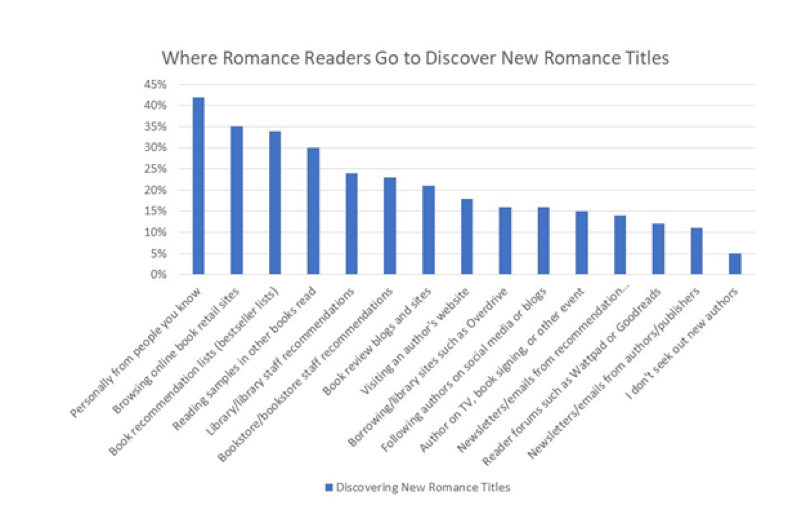

How can we ensure the HEA between public libraries and the romance genre? I’m definitely not the expert, so I’m hoping I can find some solutions over the course of the next few months. I’ll be looking through the research that currently exists, having conversations with members of Romancelandia, and chatting with librarians and scholars who foster great relationships with the romance community. This endeavor is serving to further the conversation that was started by Charles & Linz in 2005 when they wrote their article, How Public Libraries Can Become More Romance-Reader Friendly. How can their advice be updated for 2020 and implemented? I’m thrilled to get the chance to soak up some wisdom, share what I learn through a series of articles, and chat with you folks about making the public library one of the most romance-friendly places in your community!
Want to read more about ideas that helped to inspire this article?
- Adkins, D., Esser, L., Velasquez, D., & Hill, H. (2008). Romance novels in american public libraries: A study of collection development practices. Library Collections, Acquisitions, and Technical Services, 32(2), 59-67.
- Charles, J., & Linz, C. (2005). Romancing your readers: How public libraries can become more romance-reader friendly. Public Libraries, 44(1), 43-48.
- Stano, E. (2019). Love For All. Library Journal, 144(9), 16-22.
Part 2>
About the Author:
Shanel Wermerskirchen Slater is a Teen and Information Services Specialist at a public library in eastern Iowa. Before becoming a resident of Library Land, she worked in a cultural museum as an event and program planner and as a political organizer. She believes in espresso in the morning, radical empathy, romance around the clock, and the power of an HEA to cure what coffee and chocolate can’t.
Instagram: @bookish_nel
Twitter: @bookishnel


